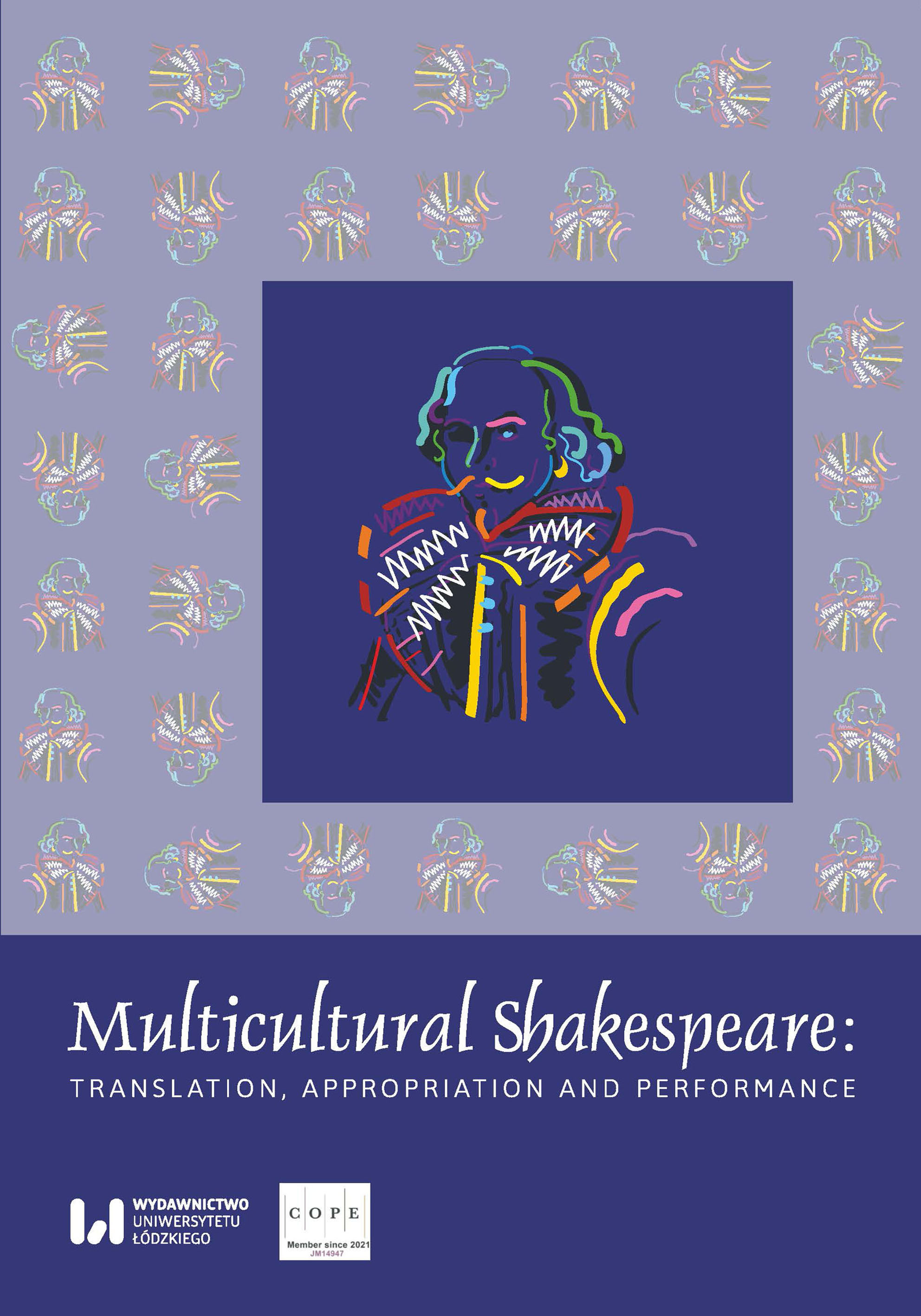New Interpretations and Adaptations of Shakespeare’s Plays in Japan from 2020 to 2023
DOI:
https://doi.org/10.18778/2083-8530.30.02Słowa kluczowe:
Shakespeare, adaptation, Kyogen, Nô, Kabuki, Bunraku, Hamlet, Falstaff, traditional Japanese theatre, Mansai Nomura, Kôki Mitani, Thirteen Vassals of Kamakura ShogunAbstrakt
This essay examines some notable Shakespearean productions and adaptations in Japan from 2020 to 2023. The main focus is on a Hamlet production by Mansai Nomura, a Kyogen performer, in March 2023; it was an amalgamation of the traditional Japanese theatres, such as Kyogen, Nô, Kabuki, and Bunraku. Mansai’s aspiration to produce Hamlet, utilizing all the elements of traditional Japanese art forms, began twenty years ago, when he played Hamlet in Jonathan Kent’s production in London and in Tokyo. He re-examined the text and offered a completely new interpretation of a scene, giving the play a fresh dimension. Moreover, this essay examines other recent Shakespeare productions and adaptations, including my two new plays based on Shakespeare, as well as Kôki Mitani’s Thirteen Vassals of Kamakura Shogun, a serial historical TV drama, broadcast by NHK (Japan’s version of the BBC).
Pobrania
Bibliografia
Budra, Paul, and Clifford Werier, eds. The Routledge Handbook of Shakespeare and Interface. London: Routledge, 2022.
Google Scholar
DOI: https://doi.org/10.4324/9780367821722
Gray, Amlin. Villainous Company: A play for three actors, adapted from Henry IV and other plays of Shakespeare. New York: Dramatist’s Play Service, 1981.
Google Scholar
Kawai, Shoichiro. “From where comes that hatred?” Singing Shylock (the brochure). Shochiku, 2023.
Google Scholar
Kawai, Shoichiro. “On Shakespeare’s play The Merchant of Venice and Shylock the Jewish money-monger,” Shylock’s Children (the brochure), Shochiku, 2023.
Google Scholar
Shakespeare, William. The Riverside Shakespeare. Eds. G. Blakemore Evans, et al. 2nd ed. Boston: Houghton Mifflin, 1997.
Google Scholar
Smith, Bruce R., ed. The Cambridge Guide to the Worlds of Shakespeare. 2 vols. Cambridge: Cambridge University Press, 2016.
Google Scholar
Takahashi, Yukihiro. “The best three in this month.” Teatro 10. September 2023.
Google Scholar
Uchida, Youichi. “Theatre Retrospective 2018.” The Nikkei Newspaper. 24 December 2018.
Google Scholar
Pobrania
Opublikowane
Jak cytować
Numer
Dział
Licencja

Utwór dostępny jest na licencji Creative Commons Uznanie autorstwa – Użycie niekomercyjne – Bez utworów zależnych 4.0 Międzynarodowe.












